CAL FIRE Chalk Mountain Communications Tower and Facilities Replacement Project
The California Department of Forestry and Fire Protection (CAL FIRE) proposed to construct and operate replacement facilities at its existing Chalk Mountain Communication site. The objective of the project is to upgrade CAL FIRE’s telecommunications infrastructure to digital technology to continue to provide an essential emergency communications linkage for CAL FIRE’s fire protection and emergency response command and control in portions of Santa Cruz and San Mateo Counties.
CAL FIRE will construct and operate the Chalk Mountain Communications Tower and Facilities Replacement Project (proposed Project or Project), which will include installation of an up to 80-foot tall replacement telecommunications tower with MIMO technology equipment, very high frequency (VHF) and ultra-high frequency (UHF) radios with associated antennas, and supporting facilities at the existing CAL FIRE Chalk Mountain communications facility. The new tower and facilities will replace existing facilities and would support new digital technology. CAL FIRE will remove existing outdated supporting facilities, as well as a 35-foot-tall emergency repeater that was temporarily installed when the existing 60-foot wood pole burned in the CZU August Lightning Complex fire in 2020.
Compliance with the California Environmental Quality Act (CEQA), (Public Resources Code section 21000 et seq.) has been completed by the California Department of General Services (DGS) on behalf of CAL FIRE.
This website provides access to public documents and information relevant to the CEQA review process.
Environmental Impact Report Preparation
Notice of Preparation (NOP). The DGS released a Notice of Preparation (NOP) of an Environmental Impact Report (EIR) for the proposed Chalk Mountain Communication Tower and Facilities Replacement Project on October 13, 2021. The NOP provides a description of the proposed Project and potential environmental issues and solicits input on the scope and content of the EIR. The 30-day scoping period ended on November 12, 2021.
Scoping Meeting. In order for the public and regulatory agencies to have an opportunity to learn about the project and ask questions on the scope of the EIR, the DGS held a virtual scoping meeting on October 27, 2021.
Initial Study. An Initial Study was prepared under CEQA. The Initial Study describes the project in detail and identifies three topics with the potential for significant impacts: Aesthetics; Biological Resources, and Land Use and Planning, which have been addressed in the focused EIR. Other topics in the Initial Study were determined to have less than significant or no impacts and will not be evaluated further.
Draft Environmental Impact Report. The DGS published a Draft EIR for the Project on February 1, 2022, which kicked off a 45-day public review, which ended on March 21, 2022. In order for the public and regulatory agencies to have an opportunity to learn about the project and ask questions about the environmental analysis, DGS also held a virtual public informational workshop on February 16, 2022.
Final Environmental Impact Report. The DGS published a Final EIR for the project on May 26, 2022.
Next Steps - CAL FIRE certified the Final EIR and approved the project in August 2022. Construction is anticipated to begin in 2024.

